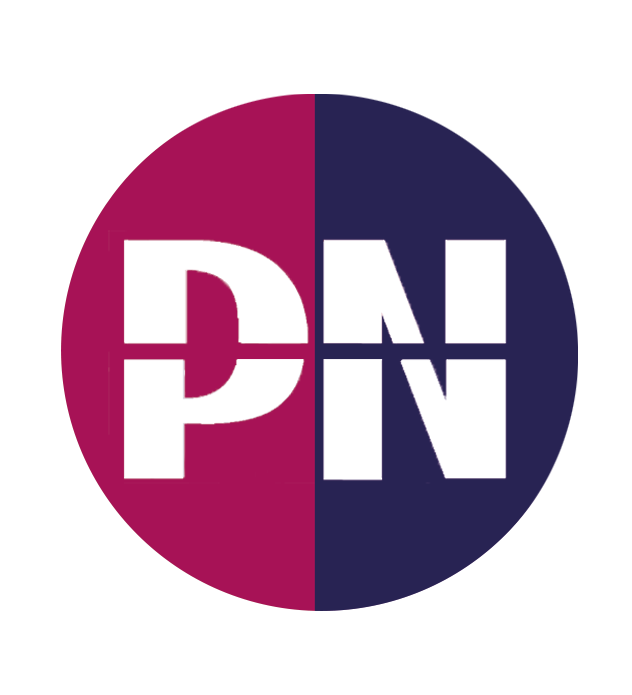In an increasingly globalised world, the need for accurate technical document translation has never been more critical. These translations are not just about converting language; it’s an expert task that handles complex technical terminologies in industry-specific documents. From engineering to manufacturing, technical localisation services like ours ensure that your products are fully understood, functional, and accessible globally.
Types of Technical Documents
Technical documents come in various forms, from user guides and maintenance manuals to API documentation and patents. Each type of document presents its unique challenges and requires a tailored approach for translation.

The Importance of Context
Translating a technical document is not merely a linguistic exercise; it’s a contextual one. Cultural nuances and technical jargon are significant in how the translated document is received. Therefore, translators must possess both linguistic prowess and subject matter expertise.
Common Pitfalls
Literal Translations
A literal, word-for-word translation is one of the most common pitfalls in technical document translation. This approach often leads to confusing and inaccurate translations that frustrate the end-user.
Undefined Target Audience
Understanding the end-user is crucial for any translation project. The language and tone must be adjusted if the document is for professionals, researchers, or general consumers.
Inaccurate Metrics
Using incorrect units and symbols can lead to misunderstandings and, in worst-case scenarios, operational failures. Ensuring metrics are translated accurately to suit the target audience is vital.
Tips for Successful Technical Document Translation
Expertise
Choose a translator with both native language proficiency and in-depth subject matter knowledge. This dual expertise ensures the document’s language and technical aspects are accurately translated.
Resources
Provide ample reference materials to the translator. This additional information can fill gaps in the translator’s knowledge and contribute to a more accurate translation.
Review Process
Never underestimate the power of editing and proofreading. A rigorous review process can catch minor errors that could otherwise compromise the quality of the translation.
Case Study – Stiltz Homelifts
Prestige Network has been a vital partner to Stiltz since 2016, initially assisting in translating functional documents such as Installation and User Guides and rapidly escalating to a series of localised websites and product promotional literature – Download the Full Case Study
“Stiltz has worked with Prestige Network since 2016, and we have been very pleased with the way the agency has delivered against all our multilingual KPIs for digital (lead generation websites, paid search, keyword search), technical (user and installation manuals) and marcomms (brochures, presentations, sales literature and press releases). The service has been responsive and professional.“
Head of Marketing at Stiltz Homelifts.
Conclusion
In summary, translating technical documents is a complex but crucial task. Companies can ensure that their technical documents are accurately translated and communicated to a worldwide audience by being aware of common pitfalls and employing best practices.
Don’t leave it to chance if you’re facing the challenge of translating technical documents. Invest in professional technical translation services like ours to ensure accuracy, effectiveness, and success in your global ventures.






